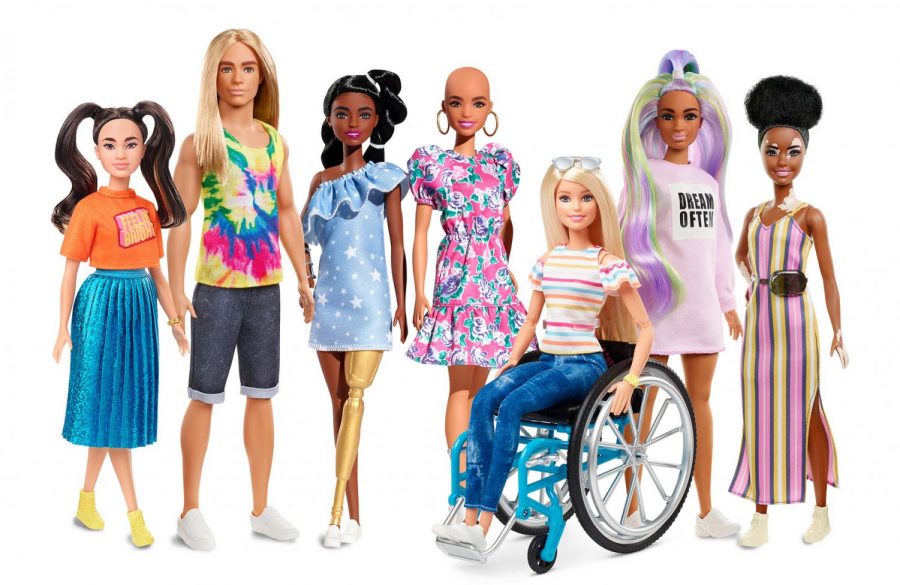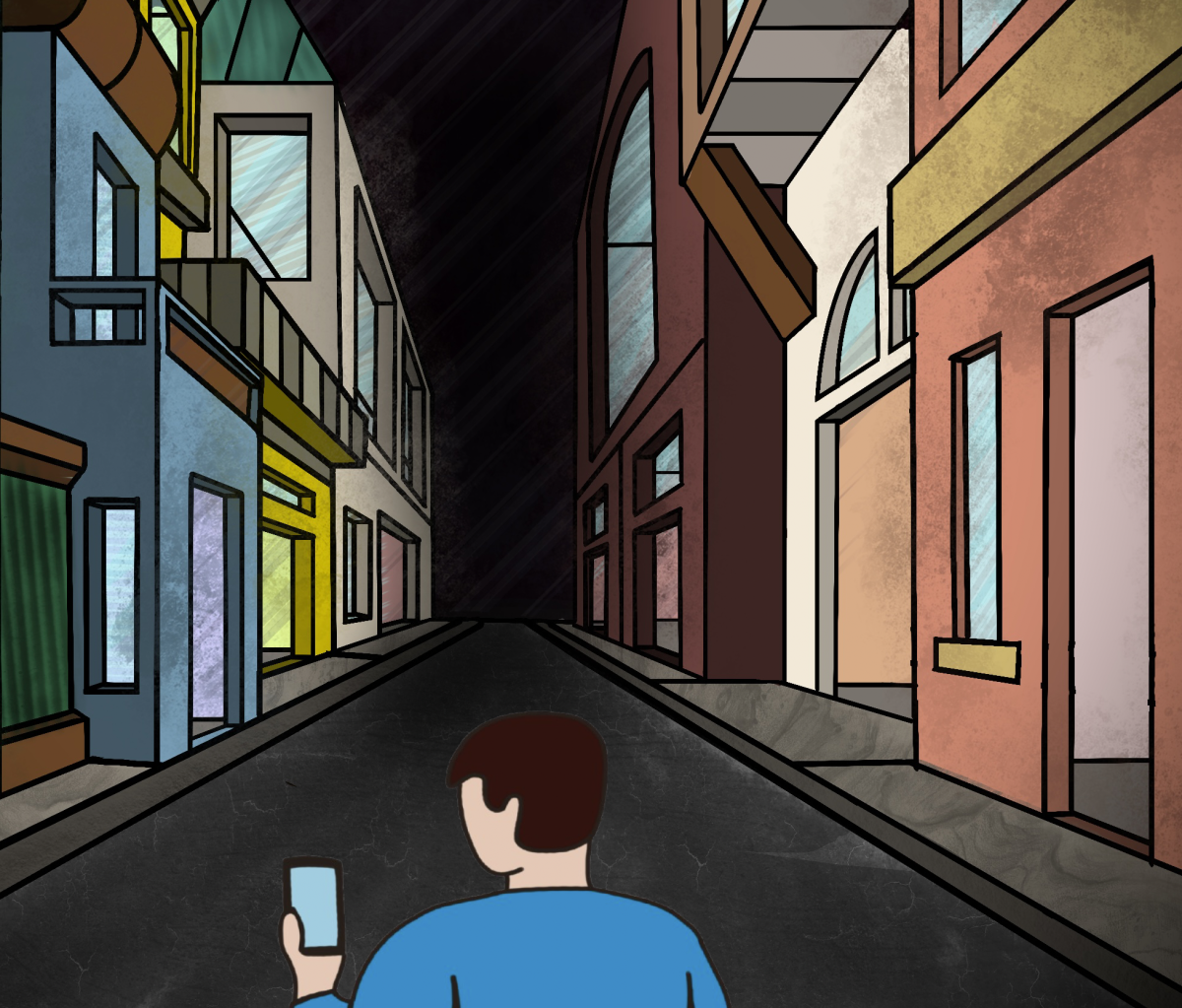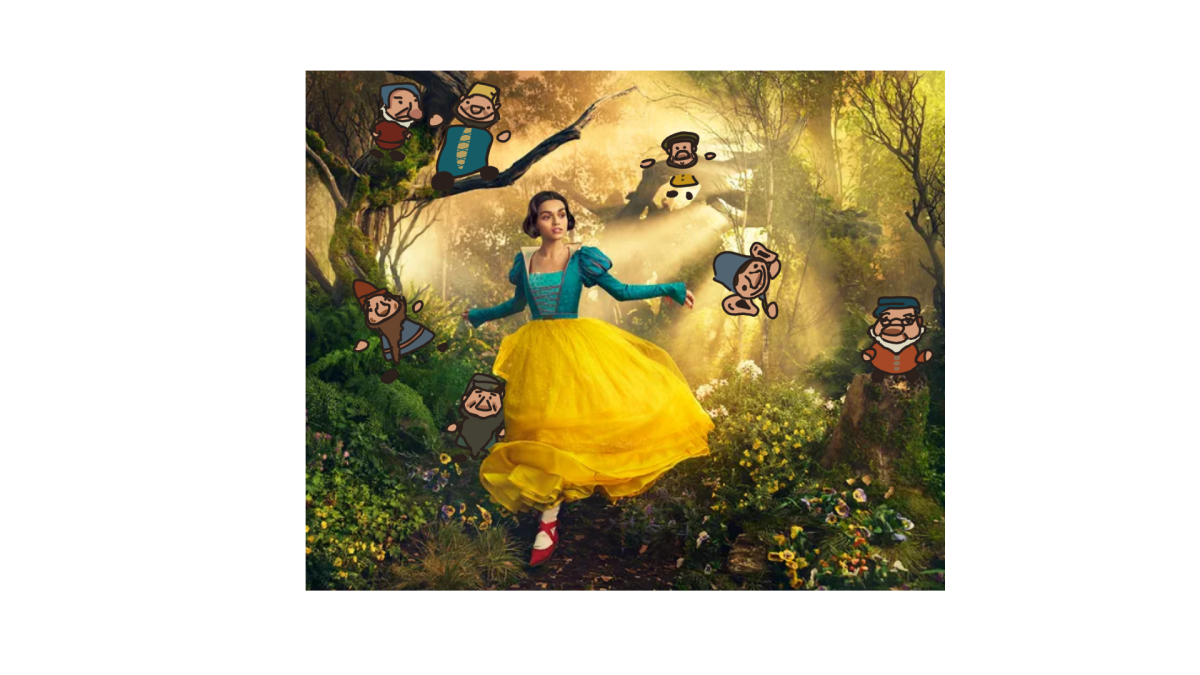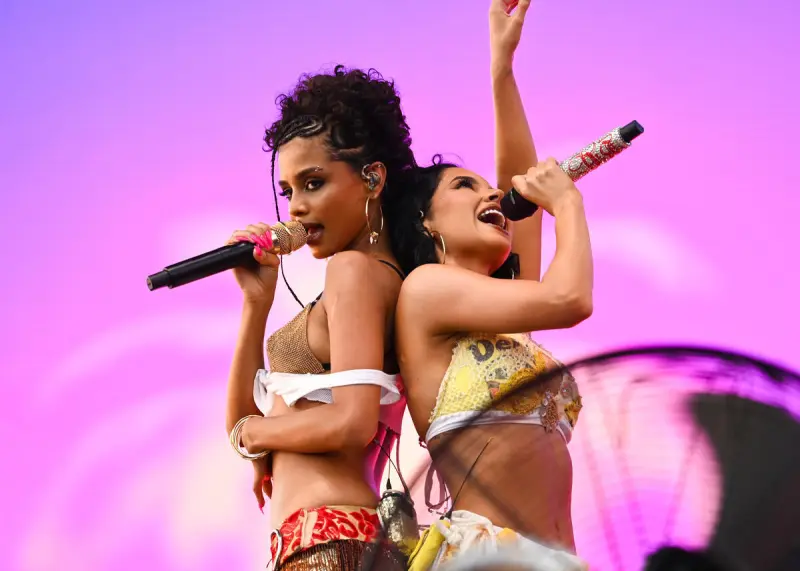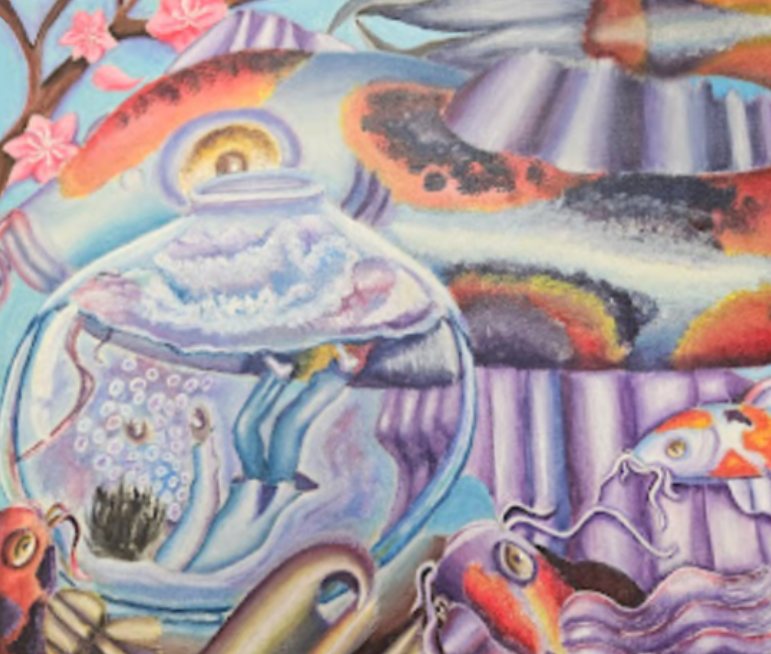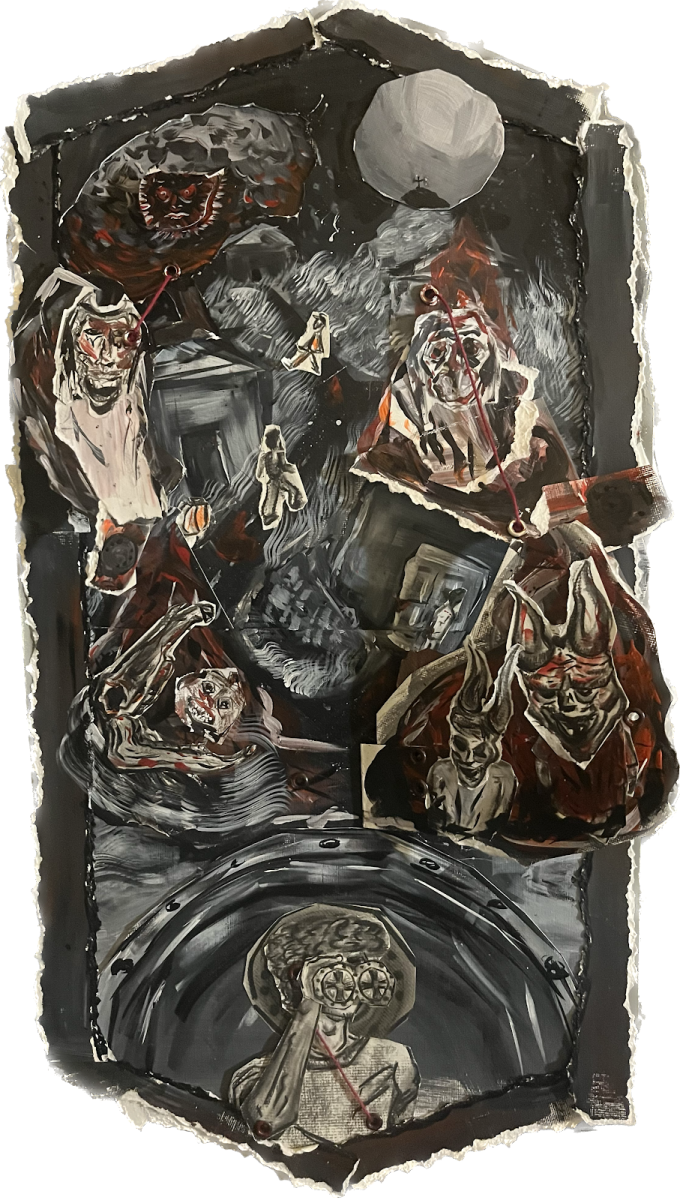Barbie: A cultural icon
November 3, 2021
Skinny, with blond hair and blue eyes, tiny feet and flawless skin, Barbie is fabulous enough to fit society’s beauty standards better than anyone else. In “Barbie: Life in the Dreamhouse,” she has worked every job a person could think of, even landing on the moon before Neil Armstrong. Barbie is wealthy, living in the expensive city of Malibu in her dreamhouse along with her sisters and their multiple pets. She is also happily in love with Ken, who she describes as the “best, most thoughtful boyfriend a girl could ask for.” A perfect body and face, a perfect personality, a perfect job(s), a perfect house and a perfect relationship, Barbie is the “perfect” role model for young girls around America.
Introduced on March 9, 1959, by Mattel, Inc., a southern California toy company, Barbara (Barbie) Millicent Roberts was created as a toy to allow little girls to imagine themselves in the future. According to brand lore, the original Barbie was born in the fictional town of Willows, Wisconsin, and identified as a “small town girl”, even though her fame was global.
Over the span of her existence, Barbie has the most impressive résumé in all of history. Barbie has had over 200 different careers, ranging from a McDonald’s cashier to a football player to Catwoman. In “Barbie: Life in the Dreamhouse”, when her friend Nikki learns she has even been to the moon, Barbie responds with the iconic line, “You haven’t?” Barbie’s first few careers right after she debuted were: Fashion Editor (1960), Registered Nurse (1961), Flight Attendant (1961) and Executive Career Girl (1963), according to Mattel, the toy company that produces Barbie dolls.
The Barbie dolls have inspired many different TV shows and movies, including “Barbie: Life in the Dreamhouse,” “Barbie as The Princess and the Pauper,” “Barbie as the Island Princess,” and “Barbie: The Princess & the Popstar.” In 2001, Barbie starred in her first feature-length film, “Barbie in The Nutcracker”, based off of the well known ballet piece “The Nutcracker.” In all of these films, Barbie inspires girls to be kind, clever and brave.
Barbie, who has not only succeeded in life with success and money, also has had long lasting relationships with many people. Barbie’s long-time boyfriend, Ken, debuted two years after her in 1961, becoming the second character added to the line. Ken is known as the “perfect boyfriend,” always supporting Barbie in whatever she does without feeling threatened by her success, and he is not afraid to be romantic in public. After all, they’ve been together for over 40 years!
People who have watched “Barbie: Life in the Dreamhouse” may know Skipper, Barbie’s tech-savvy younger sister who acts like the stereotypical teenager and loves her phone, maybe a little too much. Skipper was the first character added to Barbie’s family, three years after Ken, and originally debuted as a child around 10, but was changed to a young teenager later on. Barbie’s other sisters, Stacie and Chelsea, were added much later, closer to the 2000s.
The perfectness of Barbie is also her main downfall. Barbie promotes an unrealistic idea of body image for little girls, who might be negatively influenced with lower self esteem. Barbie also reflects the eurocentric beauty standard of blue eyes, blond hair and flawless white body. In order to address the longtime criticism, Mattel released Barbie dolls of different body shapes and sizes, and the Barbie brand started to increase diversity in its selections with more non-white dolls named Barbie. The Barbie Fashionistas collection was introduced in 2016 and came in four different body types, seven skin tones, 22 eye colors and 24 hairstyles. Although Barbie has already been featuring a wider array of body types and ethnicity, in terms of reflecting the diversity of modern women, she still has a long way to go.
Flaws and all, Barbie has been representing women for many years, and has been inspiring girls to follow their dreams since 1959. Barbie is recognized as a cultural icon of the U.S., as she is still iconic and relevant to this day, with her dolls still being released and many films and shows based on her still being produced. Today, with over 200 careers under her belt (and counting), she continues to inspire every girl to live their best life.


